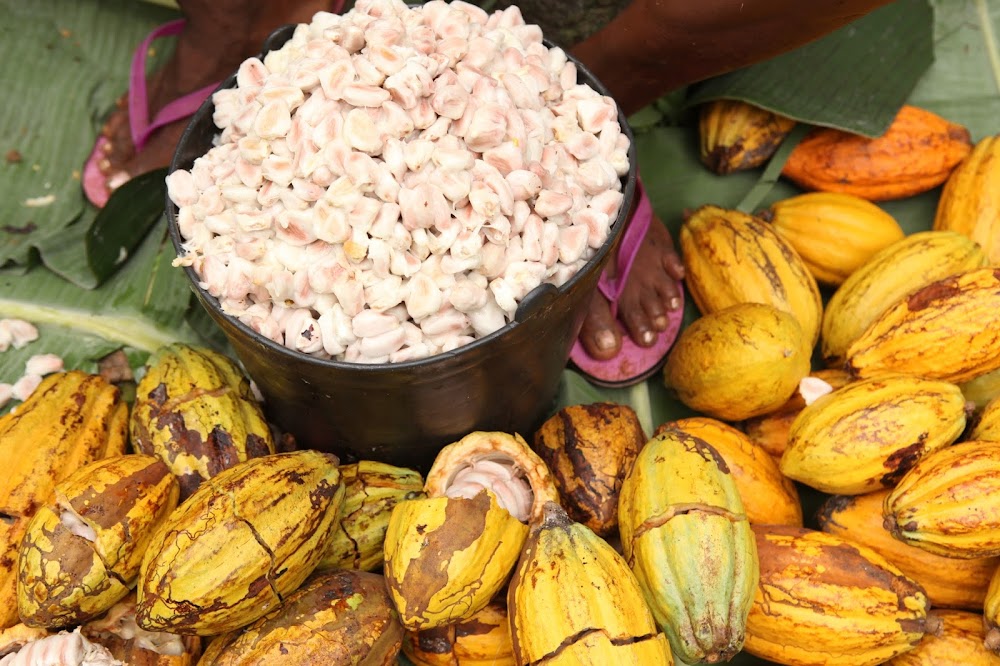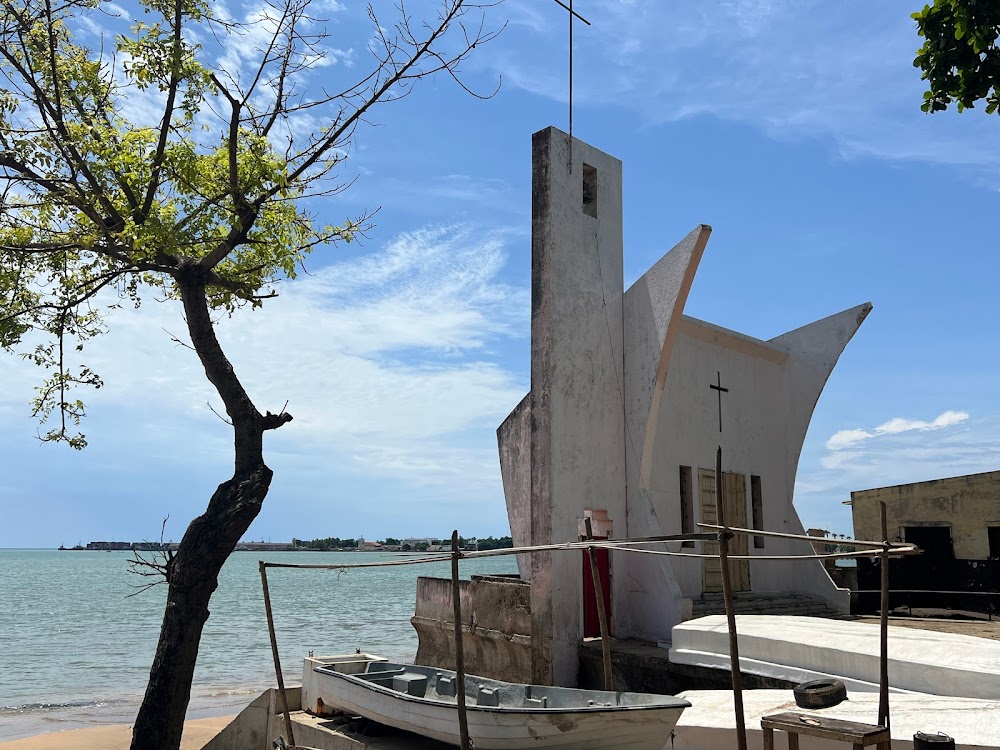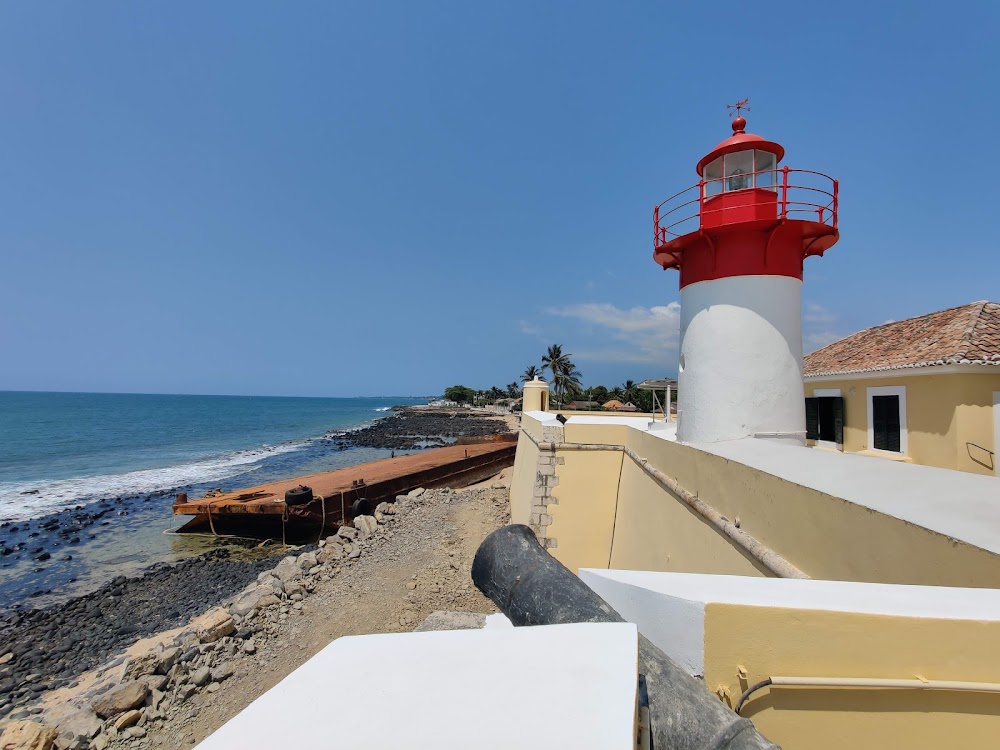Obo National Park (Parque Nacional do Obô)
Overview
Discover Obo National Park
Obo National Park is a breathtaking gem located in the heart of Fiorentino, São Tomé and Príncipe. Established in 2006, this national park was created through a collaborative effort between the government, conservationists, and local communities who recognized the urgent need to protect the islands' extraordinary ecosystems. Spanning roughly 230 square kilometers across both São Tomé and Príncipe, the park showcases lush rainforests, majestic mountains, and an incredible variety of wildlife.
The Need for Conservation
The idea for Obo National Park arose from growing concerns over the islands’ biodiversity, which faced threats from deforestation, human development, and climate change. To combat these challenges, the government united with international environmental organizations and local communities to establish a protected area. The primary goals of the park include preserving its rich biodiversity, promoting sustainable tourism, and providing alternative livelihoods for local residents.
The Journey to Creation
Creating Obo National Park involved a comprehensive process. Initially, extensive research and environmental assessments were conducted to pinpoint the most ecologically significant areas. Following this, the government developed legal frameworks to ensure the park’s protection and secured the necessary resources for its management.
Community Engagement
From the outset, community involvement played a vital role in the park's establishment. Authorities organized meetings with local residents to discuss the park's benefits and address any concerns. This initiative resulted in job opportunities in eco-tourism, guiding, and conservation efforts, enabling residents to support their families while protecting the environment. Additionally, educational programs emphasizing conservation were launched in local schools.
A Biodiversity Hotspot
The biodiversity within Obo National Park is nothing short of remarkable. Its rainforests host a variety of endemic species—plants and animals found nowhere else on Earth. Rare birds like the São Tomé grosbeak and the Príncipe kingfisher thrive in this protected habitat. The park's diverse environments, ranging from lowland forests to misty mountain peaks, provide refuge for numerous creatures, including unique amphibians and insects.
Stunning Landscapes
Beyond its wildlife, Obo National Park offers stunning landscapes. On São Tomé Island, the iconic Pico Cão Grande, a needle-shaped volcanic plug, pierces the sky, presenting a challenging climb for adventurous visitors. Within the park, crystal-clear rivers, cascading waterfalls, and tranquil lagoons create picturesque settings perfect for exploration and relaxation.
Sustainable Tourism Initiatives
One of the cornerstone strategies for the park’s ongoing success is the promotion of sustainable tourism. Facilities such as eco-lodges and guided tours have been developed to ensure guests can experience the park responsibly. These initiatives not only generate economic opportunities but also minimize the ecological footprint on the park. Nature trails led by knowledgeable locals enhance the visitor experience while protecting the park's delicate ecosystems.
Ongoing Research and Management
Scientific research is integral to the park’s management. Local and international researchers frequently conduct studies to monitor wildlife populations, evaluate ecological health, and devise strategies to mitigate environmental threats. This ongoing research ensures that conservation measures are informed by current data and best practices.
Challenges Ahead
Despite its successes, Obo National Park faces challenges such as managing invasive species, combating illegal logging, and addressing the impacts of climate change. Collaborative efforts, sustained community involvement, and vigilant enforcement of conservation laws are essential to tackle these pressing issues.
A Model for Conservation
The establishment of Obo National Park has illustrated that conservation and community development can coexist harmoniously. It stands as a model for how protecting the environment can yield sustainable benefits for both nature and local communities. Today, the park remains a source of pride for São Tomé and Príncipe, embodying natural beauty and successful conservation efforts.







